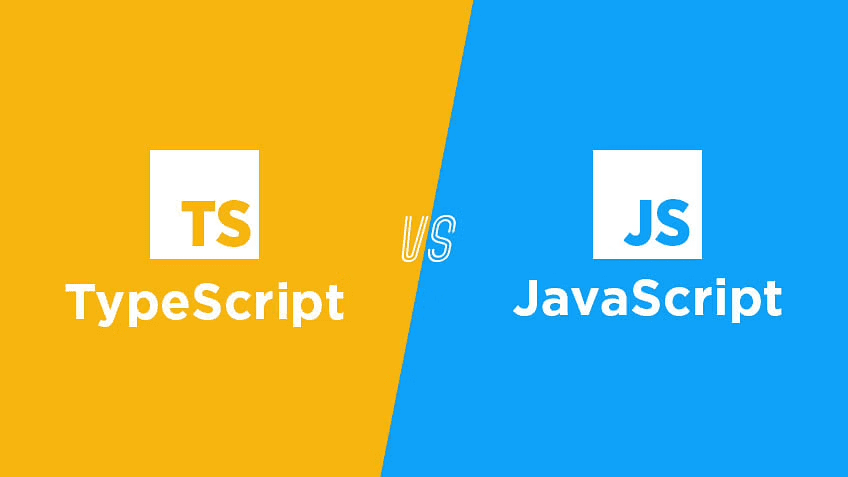When interviewing for a Senior Website Frontend Engineer role, it’s essential to prepare for advanced topics that demonstrate your expertise in architecture, performance, testing, and more. Below are 10 advanced questions with detailed answers to help you shine in your interview.
1. Component Architecture and Reusability
- Question: How would you design a highly reusable and scalable component library for a large-scale application?
- Answer: Start by defining clear design principles like Atomic Design or modularity. Use tools like Storybook to document components and their variants. Abstract common functionality into base components and use composition over inheritance. Incorporate TypeScript for type safety and avoid coupling components to specific business logic. Use a mono-repo structure (e.g., Nx, Lerna) for better collaboration and versioning.
2. State Management
- Question: What are the trade-offs between using Redux, Context API, and a library like Zustand for state management in a large React application?
- Answer: Redux provides strict structure and middleware like Redux Saga for complex async workflows but can be verbose. Context API is lightweight but not suitable for frequently updated global states due to performance concerns. Zustand offers a simple API and avoids prop drilling but lacks the ecosystem maturity of Redux. Choose based on complexity, team familiarity, and app size.
- Question: Explain your approach to debugging and fixing a page that has a high Largest Contentful Paint (LCP) and Cumulative Layout Shift (CLS).
- Answer: Optimize LCP by preloading critical resources, using responsive images, and reducing server response time with SSR or SSG. Reduce CLS by reserving space for images/videos with proper dimensions and using web fonts with a fallback font. Use tools like Lighthouse and Chrome DevTools to analyze and monitor improvements.
4. Testing Strategy
- Question: How do you design a testing strategy for a frontend application with critical user flows?
- Answer: Create a testing pyramid: Unit tests for isolated logic (Jest), integration tests for API and UI interactions (React Testing Library), and end-to-end tests for critical flows (Cypress). Focus on automating repetitive flows and write tests based on business priorities to maximize coverage without overloading the pipeline.
5. Accessibility and Compliance
- Question: How do you ensure a web application is accessible (WCAG-compliant) for all users, including those with disabilities?
- Answer: Use semantic HTML and ARIA roles appropriately. Ensure contrast ratios, keyboard navigation, and screen reader compatibility. Audit with tools like Axe or Lighthouse and conduct manual testing. Follow WCAG 2.1 guidelines and collaborate with accessibility experts when necessary.
6. Advanced CSS and Theming
- Question: How would you implement a dynamic theming system that supports light/dark modes and user-defined customizations?
- Answer: Use CSS custom properties (variables) for theming and toggle values using JavaScript. Store user preferences in localStorage or server-side. SCSS mixins or utility libraries like TailwindCSS can make implementation modular. Ensure themes are extendable for future use cases.
7. Code Splitting and Lazy Loading
- Question: What strategies do you use for code splitting in React applications, and how do you optimize performance when lazy-loading components?
- Answer: Use dynamic import() for splitting large modules and React.lazy with suspense for components. Group smaller related chunks using route-based or component-level splitting. Preload critical paths and monitor with tools like Webpack Bundle Analyzer to avoid over-splitting.
8. Progressive Web Apps (PWAs)
- Question: How would you convert an existing website into a Progressive Web App (PWA)?
- Answer: Add a web app manifest and ensure the app supports HTTPS. Implement a Service Worker for caching and offline support using libraries like Workbox. Optimize for performance (e.g., responsive images, deferred loading). Test PWA features like Add to Home Screen using Lighthouse.
9. Security in Frontend Development
- Question: How do you prevent common frontend security vulnerabilities like XSS, CSRF, and Clickjacking?
- Answer: Sanitize user inputs to avoid XSS. Use SameSite cookies and tokens to prevent CSRF. Add a Content Security Policy (CSP) and secure headers (e.g., Helmet.js) to guard against clickjacking and other attacks. Regularly audit dependencies for vulnerabilities.
10. Collaboration and Scaling Projects
- Question: In a team of frontend developers, how do you enforce code quality and consistency across the codebase?
- Answer: Establish coding standards and enforce them using linters (ESLint) and formatters (Prettier). Set up Git hooks for pre-commit checks and review pull requests diligently. Use a CI/CD pipeline for automated testing and introduce static analysis tools to maintain quality over time.
Conclusion
These advanced questions and answers are designed to test and showcase your in-depth expertise as a senior frontend developer. By preparing thoughtful responses and examples from your experience, you’ll demonstrate that you have the technical and leadership skills required for the role.












